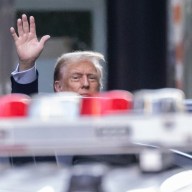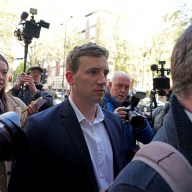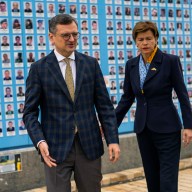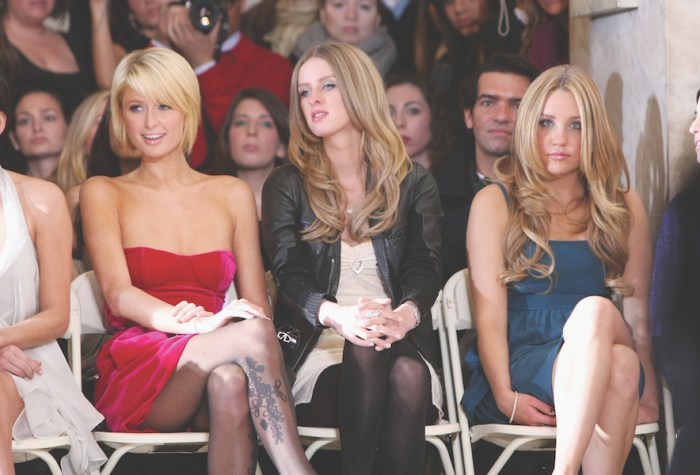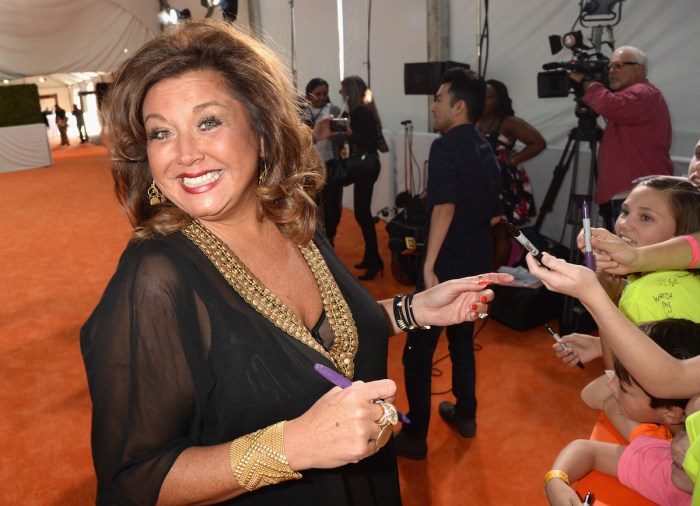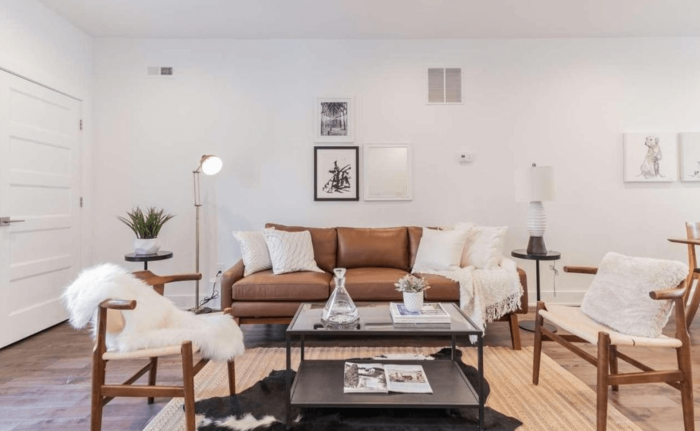 For his newest awesome trick, Steven Soderbergh made a silent, black-and-white version of “Raiders of the Lost Ark.”
For his newest awesome trick, Steven Soderbergh made a silent, black-and-white version of “Raiders of the Lost Ark.”
Credit: Provided
‘Raiders’
Extension 765
Steven Soderbergh retired from movies last year, but he’s arguably never been busier. Along with Singani 63, his line of clear, tasty/drunk-making Bolivian brandy, the director is killing it on “The Knick,” his Cinemax show about an old-timey NYC hospital. And then last week — the same as when its best-yet episode aired — he surprised the Internet by unleashing, on his personal site, a redo of “Raiders of the Lost Ark,” which takes Steven Spielberg’s Indiana Jones romp and strips it of its soundtrack.
It’s purely for educational purposes: Soderbergh wants viewers to ignore the dialogue and focus entirely on the imagery. Chiefly he wants you to think about the selection of shots: why each one is there, how they convey basic narrative information, how the cuts create a visual rhythm or even just the texture of the images themselves. In fact, not only has he made “Raiders” — a film already famously tapped for recreation by kids — a silent film; he’s made it black-and-white, just so it seems even more alien. And as he rightly notes himself, in B&W it looks a beaut. (It’s also not technically silent: He threw on Trent Reznor and Atticus Ross’ synth scores for David Fincher movies. Meanwhile, Fincher put Singani 63 in “Gone Girl.” Here’s to friendship.)
Even if you don’t watch the entire thing, the mere existence of Soderbergh’s “Raiders” speaks to something that tends to go ignored, not only among the general population but also largely among the critical community. As the critic Matt Zoller Seitz has argued, we are so used to talking about themes and characterization and performance and ideas and dramatic, shocking acts — be it on “Breaking Bad” or the latest “Transformers” — that we rarely hone in on film and TV’s most unique feature: moving images. This is particularly unfortunate now that even TV is now beautifully directed. In fact “Mad Men” and “Breaking Bad” have sometimes had more thought gone into visuals and shot selection than many modern mainstream films.
“Raiders” wasn’t chosen at random; Spielberg is among cinema’s most assured visual stylists, for whom sound can not only be redundant in telling his stories, but can even get in his way. It’s fun to see “Raiders” work without John Williams’ propulsive score, and see Harrison Ford’s charisma and wit shine through without his banter. And because Soderbergh chose one of the 10 or so most popular and watched films ever to make his point, there’s even a chance more than nerds and academics may take notice. And while you’re on his site, buy his booze.
 Here’s one of the two Jesse Eisenbergs (with Mia Wasikowska) in “The Double.”
Here’s one of the two Jesse Eisenbergs (with Mia Wasikowska) in “The Double.”
Credit: Magnolia Pictures
‘The Double’
Netflix Instant
Speaking of visually stunning works, the second film by Richard Ayoade — best known as the afro’d Maurice Moss on “The IT Crowd” — is a grimy eyesore. Loosely based on the novel by Fyodor Dostoevsky, it depicts the grungy purgatory of a shy clerk (Jesse Eisenberg) who suddenly finds himself working with a more charismatic, possibly evil doppelganger (played by Jesse Eisenberg). Ayoade has obviously watched “Brazil” a bunch, but its retro future — where grease is everywhere and even the photo copier is manual — uniquely grungy, while Ayoade’s camera delights in shifting at odd moments, just to throw us off. It would work just as well with the sound off — though, then you’d miss the evil Eisenberg’s hilarious line-readings.
Follow Matt Prigge on Twitter @mattprigge






